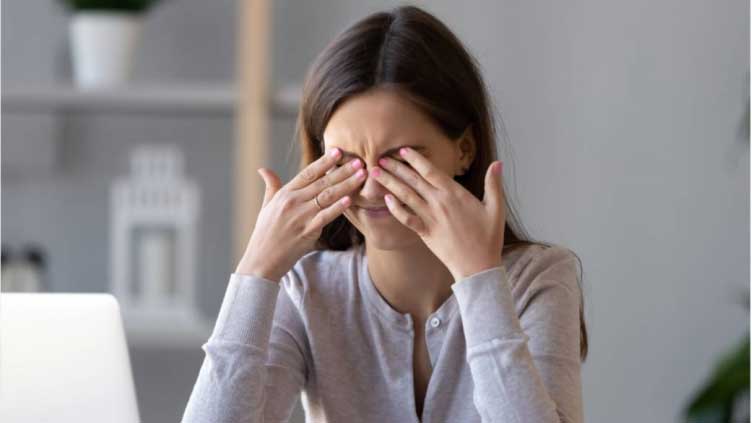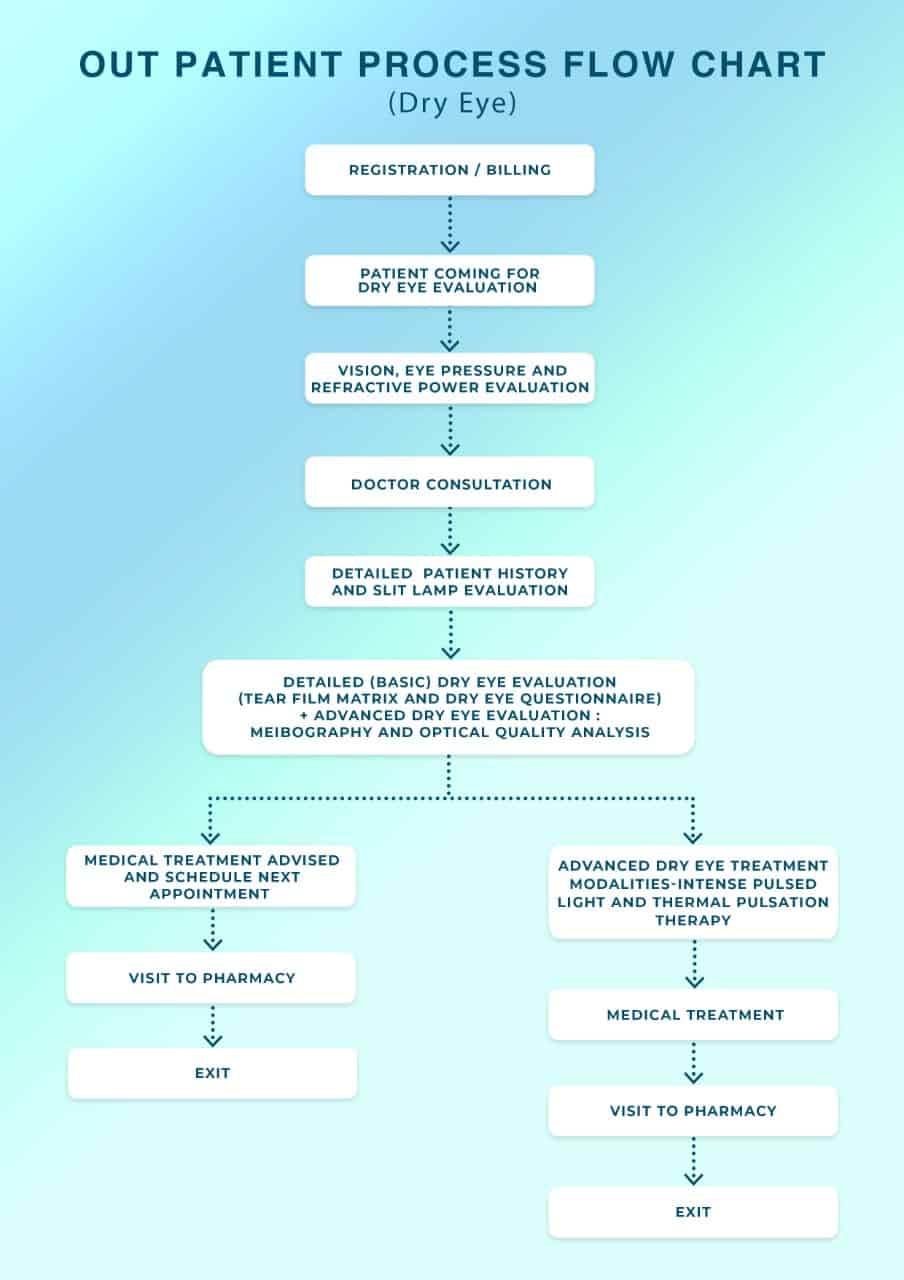
Are your eyes dry, red, and irritated at the end of the workday? You could be suffering from dry eyes.
Currently, 32% of the Indian urban population suffer from Dry eye disease in the age group of 21-40 years and it is expected that by 2030, it will increase to 45%.
Dry eye is a chronic condition which occurs if there is an insufficient supply of tears or if the tears evaporate too quickly. It is a progressive disease and if left untreated, can lead to serious vision problems and complications such as eye infections and damage to the surface of the eyes.
Narayana Nethralaya offers unique and extensive dry eye assessment, diagnosis, and treatment. Our Tear Science Lab is Asia’s 1st Centre for Dry Eyes and exclusively explores all the problems of occupational dry eye and fosters research into the rising incidences of dry eye condition among working professionals. We understand that each eye is different and special care is taken to create the most customised treatment plan that is personalised to every patient. Our dedicated Dry Eye Tear Analysis Laboratory helps in the assessment of inflammatory markers in the tear film, providing vital information to our doctors regarding the health of your ocular surface. With the latest machines, decades of expertise and multiple publications in well renowned medical journals, we offer the best customised treatment for dry eye diseases.

“Dry eyes” is one of the most common complaints in people who use digital devices extensively.
Research indicates that external symptoms of Computer Vision Syndrome such as irritated/burning eyes, tearing and dryness, tired eyes and eye discomfort are closely linked to dry eye. The use of digital devices is associated with a reduced rate of blinking and an increased rate of tear evaporation, each of which contributes to dry eyes. We normally blink about 16 to 18 times per minute, automatically. This blink rate decreases by half when our attention is focused on a computer monitor or smartphone. Blinking spreads tears across the front surface of the eye and this lubricates and nourishes the eyes, keeping them healthy and comfortable. When the blink rate goes down by 50%, the tears evaporate and the eye becomes dry and irritated. If you’re already struggling with an existing eye condition like blepharitis or dry eye, spending long hours staring at a digital screen can aggravate the symptoms.

Causes of Dry Eye
A leading cause of dry eye is Meibomian gland dysfunction (MGD), where the glands don’t function properly either due to blockage or oil deficiency. These glands in the eyelids contribute to oily secretion which help in slowing down the evaporation of the tear film.
It occurs as a part of the natural aging process, as a side effect of dry, dusty or windy climate or medications. Air conditioning or a dry heating system in enclosed spaces can dry out your eyes.
Another cause is insufficient blinking, such as when staring at a computer screen or TV monitor all day.
Dry eyes may also be a symptom of systemic diseases such as rheumatoid arthritis, Lupus, Sjogren’s syndrome (a triad of dry eyes, dry mouth, and rheumatoid arthritis).
Long-term contact lens wear is another cause; in fact, amongst the long term contact lens wearers, dry eyes is the most common complaint. Contact lens wear and dry eyes can be a vicious cycle as indicated by recent research. It is the rubbing of the lenses against the conjunctiva that seems to be a cause of dry eyes, thus making contact lenses feel uncomfortable.
Other causes are incomplete closure of the eyelids, eyelid disease and a deficiency of the tear-producing glands.
Dry Eye Symptom Checker

Ocular Surface Disease Index (OSDI)
Due to increased screentime the incidence of Dry Eye has gone up. Take the online test to see what you need to do to prevent & treat your problem.
To know the status of your eyes, Click the below button.
Diagnosis of Dry eye
We run a detailed evaluation to diagnose dry eye:
- Schirmer tear test: To measure the adequate tear production in your eyes
- Tear breakup time: To assess the time taken for the tear film to evaporate
- Corneal fluorescein staining: To evaluate the health of the corneal surface
- Symptom questionnaires: A simple form will help your Ophthalmologist in determining the severity of your disease
- Meibography: To analyse the function of the meibomian glands
- Tear analysis: To assess the inflammatory markers in the tear film
- IDRA/SBM: Analyses the individual components of the tear film (Lipid, Aqueous & Mucin) and helps in the detailed structural research of the tear components.
- LipiView – It is the latest diagnostic equipment which helps surgeons in evaluating the function and structure of Meibomian Glands. Meibomian Glands are small glands in upper and lower eye lids which help in keeping the eye moist preventing it from developing dry eye. LipiView helps in providing the following information to doctors which helps them in deciding the treatment:-
- Condition of Lipids (oil) in your tears – low level of lipid leads to dry eyes
- High definition image of your Meibomian Glands – like an Xray, LipiView provides high quality image of Meibomian glands which help surgeon to study the structure of glands

Treatment of Dry Eye
Dry Eye is a progressive disease and if left untreated, can lead to serious vision problems and complications such as eye infections and damage to the surface of the eyes. Avoiding the situations that are most likely to cause the symptoms can help you avoid Dry Eye issues. If you work on a computer or use one at home, school or anywhere else for an extended period of time, and are experiencing dry eye discomfort, it is important to seek proper eye evaluation and care.
Treatment for mild to moderate dry eye:
- Frequent application of Regular artificial tear drops
- Blink more often while working on the computer or other electronic devices for long hours
- Warm compresses with a face cloth or heat bag
- Eyelid hygiene
- Omega-3 fatty acids supplementation in your daily diet
- Use a Humidifier in the room
- Minimise exposure to heaters/air-conditioners

Treatment for severe case of dry eye:
- Topical steroids in severe cases of dry eye
- Intense pulsed light (IPL): Boosts the meibomian gland function and helps to reduce inflammation
- Thermal pulsation: Application of heat and controlled pressure to the meibomian glands to promote the flow of oil from the gland ducts
- Surgery: Punctal plugs are used in extreme cases of dry eye to help keep moisture on the eye by keeping tears from draining too quickly. Temporary or permanent silicone plugs can be inserted in the lacrimal (tear) ducts in the eyelids to keep tears from draining away from the eyes quickly.

Advanced treatment options offered at Narayana Nethralaya
IPL- Eye light:
Eye-Light® is an (intensive pulse light) IPL and low-level light therapy (LLLT), which combines light modulation with Optimal Power Energy (OPE).
This is the latest machine in treatment of chronic Meibomian Gland Dysfunction (MGD). The advantage of this machine is that it simultaneously treats upper and lower eye lid with direct and indirect applications. There is no need for applying any gels during the treatment process. Patients who suffer from long term dry eye disease due to MGD greatly benefit from the sessions of IPL- Eye light.

E-eye:
It is a medical device that has been particularly designed to treat dry eye syndrome as a result of MGD. E-eye generates Intense Regulated Pulsed Light by producing perfectly calibrated and homogeneously sequenced light pulses. The sculpted pulses are delivered under the shape of a train of pulses. In order for the Meibomian glands to return to their normal function, the energy, spectrum and time period are precisely set to stimulate it. It is the medical solution to treat and prevent dry eyes.

LipiFlow:
LipiFlow is the latest FDA approved technology which helps in treating a condition called Meibomian Gland Dysfunction.In Meibomian Gland Dysfunction, the glands which are situated in eyelids and are responsible to keep eye moist gets blocked. LipiFlow with the precise application of heat and pressure unblocks the glands and they become functional again, providing significant relief from dry eye symptoms.

Dry Eye Clinic
Dry Eye Consultation – Patient Process Flow
If you have constant itching in your eyes, a foreign body sensation, redness, sensitivity to light, watery eyes, burning or pain in the eyes, you should schedule an appointment with an ophthalmologist to get your eyes checked immediately. Your initial consultation with the doctor will approximately take 2 hours if you do not require cross-consultation and up to 4 hours if you require cross-consultation. During your consultation, our doctors and counsellors will determine the best course of action for your visual needs, go over the risks and benefits of treatment, and help you choose the best procedure that is suitable for preserving/improving your vision. We suggest you bring a family member or friend with you to help you with your decision-making.
Dry Eye Doctors NN1
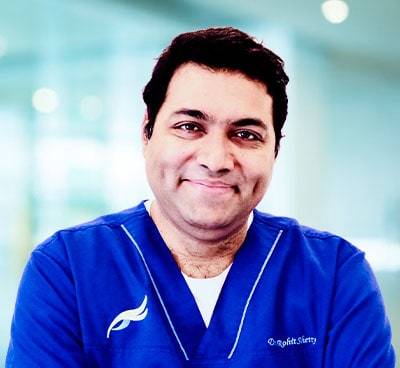
Dr. Rohit Shetty
Chairman
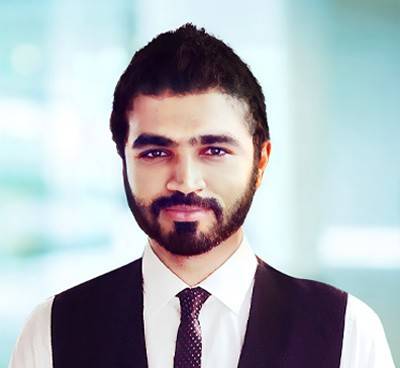
Dr. Naren Shetty
Vice Chairman
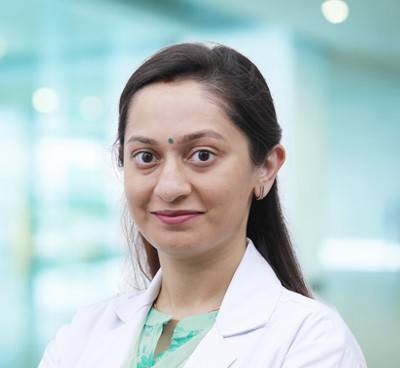
Dr. Pooja Khamar
Consultant &
Lead Trainer
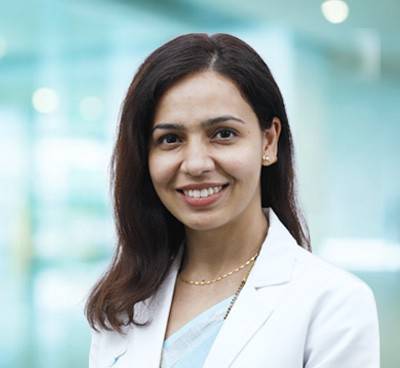
Dr. Sharon D'Souza
Consultant
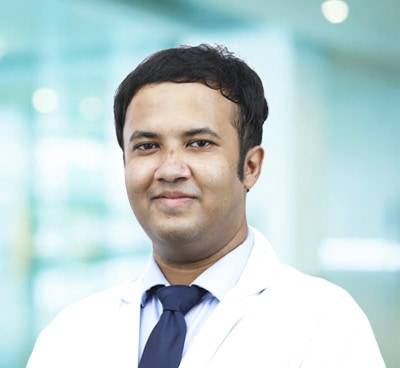
Dr. Gairik Kundu
Consultant
Dry Eye Doctors NN2

Dr. Himanshu Matalia
Medical Superintendent

Dr. Nandini C
Consultant
Dry Eye Doctors NN3

Dr. Rohit Shetty
Vice Chairman, Narayana Nethralaya

Dr. Pooja Khamar
Junior Consultant

Dr. Shilpa Das
Cornea consultant
Dry Eye Doctors NN4
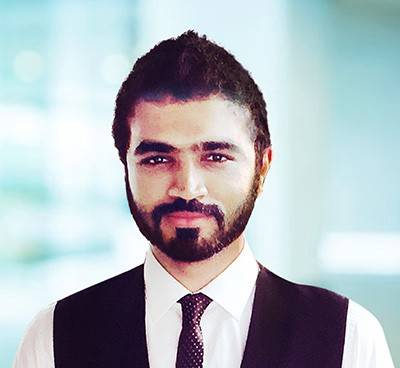
Dr. Naren Shetty
Vice Chairman
Now Eye Know

Dry Eye
Case Study 1
A 26 year old gentleman presented to Narayana Nethralaya with blurred vision and eye-strain since 6 months, which had increased over the past 2 months. He had undergone LASIK in both eyes 18 months ago at Delhi, PAtient was diagnosed with Meibomian gland dysfunction and was using lubricants and 0.05% cyclosporine eye-drops since 6 months. Examination revealed an uncorrected and best-corrected visual acuity of 6/6, and capped meibomian glands. He underwent a complete dry eye evaluation wherein his tear film breakup time, Schirmer’s I&II were found to be within normal limits. His tear film quality was assessed with the Optical Quality Analysis System (OQAS) which showed a high objective scatter index (OSI), and suggestive of an unhealthy tear film. Based on history and detailed evaluation, He was advised treatment with thermal pulsation therapy – Lipiflow – which applies heat to the back of the eyelid with intermittent gentle pressure, to release the obstruction from meibomian glands, hence allowing the natural flow of its lipid secretions, which prevent evaporation of tears from the surface of the eye and restores the tear film. Post treatment, his symptoms of blurring of vision significantly reduced, his quality of tear film, vision, and meibomian gland function improved. Patient was extremely happy with the improvement in quality of life.
Book an appointment with our Dry Eye Experts

Dry Eye
Case Study 2
A 20 year old student presented with irritation and grittiness in both eyes since 6 months, that increased during the lockdown when she started attending classes online. Examination revealed an unaided visual acuity of 6/6, a poor tear film breakup time (TBUT – 3sec (OU) and a Schirmer’s I value (19mm OU). The remaining anterior and posterior segment examination were normal. She was diagnosed to have computer vision syndrome. She was started on sodium hyaluronate 1% eye-drops 4 times a day for 3 months, and Panthegel eye ointment once at bedtime, for 1 month. In addition, she was counselled about the 20-20-20 rule, wherein she was instructed to look away from the screen and focus on a distant object 20 feet away, every 20 minutes, for 20 seconds and explained about the importance of posture. She followed up 3 months later, with a healthy tear film and a complete respite from symptoms. The patient was extremely happy with the result.
Book an appointment with our Dry Eye Experts

Dry Eye
Case Study 3
A 56 year old housewife presented with grittiness and occasional redness in both eyes since 1 year. It increased on exposure to wind and in air-conditioned rooms. She was newly diagnosed to have rheumatoid arthritis and was not any systemic or topical medications. On examination, her best corrected visual acuity was OU 6/6, N6 with her prescribed glasses. Slit lamp biomicroscopy revealed multiple punctate epithelial erosions on the cornea, which stained positively with fluorescein. On dry eye evaluation,, she was found to have a poor tear film breakup time (OU 4 seconds) and a low Schirmer’s I value (OU 3 mm). She was diagnosed with severe aqueous deficiency dry eye disease. She was prescribed sodium hyaluronate 1% eye drops 2 hourly, topical cyclosporine 0.05% eye drops two times a day and Ducira gel (0.3% hydroxypropylmethylcellullose) once at bedtime, for 3 months. We also referred her to a rheumatologist who started her on systemic immunotherapy. She followed up 3 months later, with a healthy tear film and a complete respite from symptoms. This multidisciplinary approach to her condition benefited her tremendously.
Book an appointment with our Dry Eye Experts
Dry Eye Patient Reviews
At Narayana Nethralaya, we are committed to providing our dry eye patients with advanced quality eye care at affordable prices. These experiences stand testimony to the excellence in eye care that we offer.
FAQ
Frequently Asked Questions
Can dry eye be treated?
Dry eye disease can be managed by a number of treatment options available. The treatment may continue for longer duration which necessitates strict compliance from your side and the understanding of the need for continuing the treatment even if your symptoms are relieved.
Who is at risk of getting dry eye?
You are prone to develop dry eye at any age, but more likely to develop the condition as you grow older. People who wear contact lenses, use computers or other screens for long periods of time, and/or live in dry, windy climates are also at increased risk of developing dry eye. Dry eye is more common in women, and is particularly common in post-menopausal women.
What are the healthy food options for dry eyes?
- a) Dairy products – They provide minerals and vitamins. Milk, yoghurt and some cheeses contain Zinc and Vitamin A. Eggs are rich sources of Lutein and Zeaxanthin.
- b) Fish – Various fishes like salmon, sardines, tuna and mackerel have abundant Omega 3 fatty acids and Vitamin D.
- c) Nuts and legumes – Majority of the nuts contain vitamins and antioxidants. Walnuts and cashews are the richest source of Vitamin E and Omega 3 fatty acid. Peanuts also contain Omega 3 fatty acid.
- d) Seeds – For better health of the eyes it is important to have adequate amount of proteins and Omega 3 fatty acids. Chia seeds and flax seeds are good sources of Omega 3 fatty acids and hence serve as a good vegetarian alternative for fish.
- e) Water – Maintenance of body hydration is key to good health. Although it has no direct nutritional benefits, it plays a vital role in the formation of healthy tears. Hence having plenty of water can prevent dry eyes due to dehydration.
Can excessively reading and TV or computer viewing be a cause for dry eyes?
Yes, reading and TV or computer viewing requires concentration, which significantly reduces the rate of eyelids blinking, leading to rapid tear film evaporation and dryness of the eyes. Use of artificial tears during that time will help soothe the eyes and relieve it of its symptoms.
How is Dry eye disease or DED diagnosed?
Dry eye diagnosis is performed by measuring the tear production with each blink you take. Further detailed testing can measure how quickly those tears evaporate. In some advanced cases, infrared imaging of the oil producing glands inside your eyelids is performed.
What are the simple steps that can be taken for dry eyes?
- Artificial tear drops, available as either drops or ointment.
- Avoid smoking, second-hand smoke, direct wind and air conditioning.
- Keep a humidifier in your surroundings, especially in the winter.
- Remember to blink more often. Rest your eyes.
What are the long-standing complications of dry eyes?
Dry eye disease can grossly affect your quality of life. It not only reduces the work efficiency but also hampers daily activities like reading, driving, watching TV etc. In severe cases, if left untreated, it can cause permanent damage to the ocular surface causing irreversible vision loss.
Did you know that Dry Eyes is a common complaint of computer vision syndrome?
Studies show that constant exposure to computer monitors and other digital screens are risk factors for Dry Eye Disease (DED) in children and adults. Coronavirus (COVID-19) has transformed the world and our entire way of life in a matter of months. Most adults and children are depending on digital devices for online work, online classes, and entertainment. While we have no other choice but to adjust to this new lifestyle brought about by coronavirus, there is no doubt that our eyes are getting strained due to the number of hours we are spending on digital devices. Digital screen overload can also increase the risk of spectacles, as well as increased eye irritation and eye pain.
Our patient care philosophy
At Narayana Nethralaya, “Quality of Care” and “Patient Safety” is our priority. Concern for our patients’ well being is at the core of what we do, and what drives us. Four units of Narayana Nethralaya are NABH Accredited – the highest national recognition for quality in patient care and safety. Our Dry Eye team help patients make an informed treatment choice on the type of treatment and surgery that is best suited for their lifestyle. We have an exclusive counseling team to address any doubts or questions that people may have about Dry Eye treatment options and procedures.



